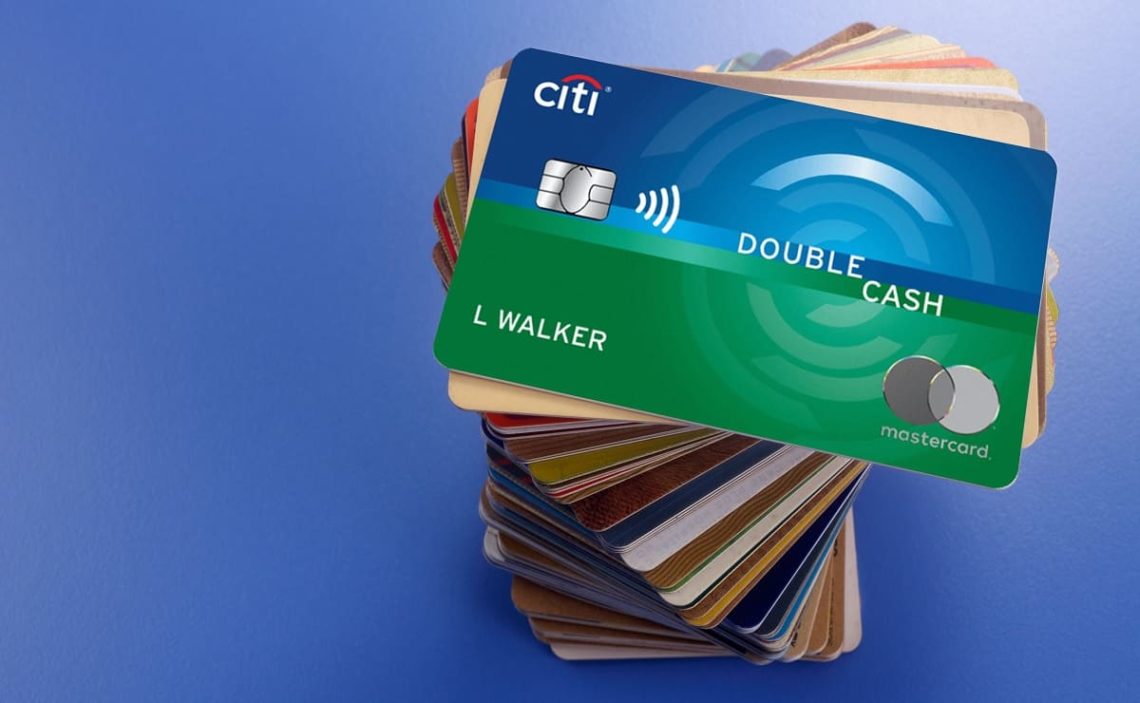Credit cards generate interest that must be paid monthly if there is a debt on the client’s part. Otherwise, monthly payments must still be made on credit spent during the month. Normally, the creditor generates a base amount for the customer.
So, with this in mind, would it be possible to reduce credit card payments? Credit card debts can be difficult to manage because charges will always vary depending on what is owed. So let’s explore different options for reducing payments.
Solutions to credit card payments
There are financial strategies to lower the interest on credit card payments and thus lower your credit card payments without going into debt by defaulting. This is not recommended because the longer you miss payments, the larger the debt will be.
Therefore, the solution is not to skip payments; it is to apply strategies that fit your lifestyle to alleviate the financial weight without forgetting the responsibility of owning a credit card.
Pay a Little more than the minimum
As we know, when banks offer credit cards, the client is obliged to make a minimum monthly payment according to the credit card limit, which typically is 2% of the balance. This percentage will always be shown at the time of billing the card.
The bank recovers the money with interest charged in the billing periods. This means that the longer you take to pay, the more interest they generate. For you, it means that you will have to pay more because the interest increases.
On the credit invoice, you can look for the minimum payment warning option; there, you will see a table of the time it will take to pay the entire balance if you pay the minimum monthly payment; there, you can also see the interest you will pay during these months.
It is recommended not only to make the minimum monthly payment on the card but also to pay a slightly higher amount. This is because the more months you take to pay the balance, the more interest you will generate. Making the sacrifice of paying a little more each month will help you pay off the balance faster.
Debt consolidation loan
If you have a good credit score, you might consider consolidating all your debts into one account; this is known as a debt consolidation loan; you only have to make one monthly payment on a single account to reduce the shared balance.
Among the debt consolidation loans, the most popular option is to opt for a 0% balance transfer credit card, meaning that you pay off the debt with a new card with a 0% interest balance to avoid paying the original interest.
The purpose of 0% interest cards is to help you save money eventually because the most inconvenient thing for the customer when paying off the balance on a card debt is the monthly interest that increases as time goes by.
With a 0% interest card, you can save a significant amount of money just by not paying the interest rate of your original card. However, you will have to pay the debt in full.
Another debt consolidation loan is to take out a personal loan and use it to pay off the card debt. It works by contacting a lender and requesting a personal loan, not a credit loan. The customer must then repay the debt to the lender.
Don’t be fooled by the fact that the total cost or monthly payments increase; depending on the loan you apply for; the roles will change.
A long-term loan reduces the monthly payments but increases the cost in the end. A short-term loan increases the monthly payment but eases the interest rate charges, which means they will be lower, reducing the final amount considerably.
Creditor negotiation
Another option to reduce the expense of credit card payments is to contact the creditor directly, i.e., the bank, to negotiate and try to settle for a slightly lower interest rate than the current one.
This request goes hand in hand with an adjusted amortization plan or debt management. The bank will likely accept your proposal in exchange for freezing the account until the repayment plan is completed and you have repaid the entire balance on the card.
Several factors influence whether the creditor will accept your business, such as how long you have been a customer, what your credit score is, your credit history, and whether your account’s credit score has improved or decreased with time.
They may also ask if this is your first time using a payment plan and if you have a financial manager or advisor to guide you through the process. If it is not your first payment plan, they may also ask if the previous one was fully completed.


